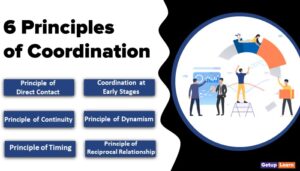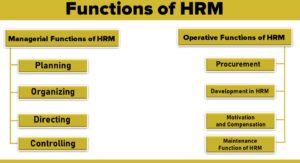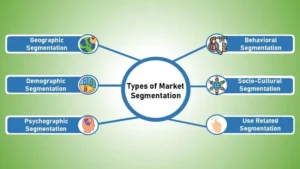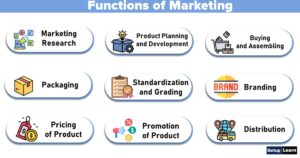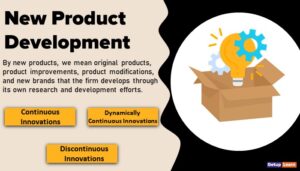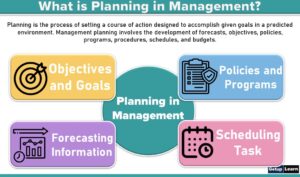A decision-making process is a systematic approach to identifying and choosing the best alternative from a set of available options. It involves a series of steps that are followed to arrive at a final decision. The process typically includes problem identification, information gathering, evaluation of alternatives, selection of the best alternative, and implementation of the chosen solution.
Effective decision-making requires careful consideration of available options, thorough analysis of data and information, and a thorough understanding of the context and circumstances surrounding the problem. By following a structured process, individuals and organizations can increase the likelihood of making informed and effective decisions.
Table of Contents
Decision-Making Process
A lot of time is consumed while decisions are taken. In a management setting, decisions cannot be taken abruptly. These are the steps of the decision-making process:
- Identification of Problems
- Analysis of Problem
- Developing Alternative Solution
- Evaluation of Best Alternative
- Selection of Best Alternative
- Implementation of Best Alternative
- Review of Implementation
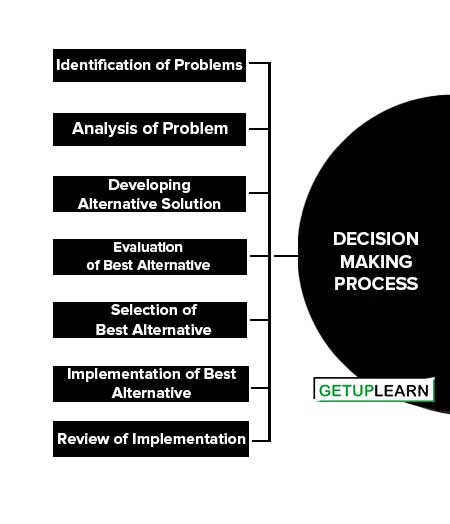
Identification of Problems
The first step of decision-making is the identification of problems. First of all, managers must identify the problem. The problem has to be found and defined. Symptoms are identified and problems should be judged, symptoms are not problems.
They are warning signs of problems. So, managers should search for symptoms for the identity of problems. Such symptoms can be falling sales, profit etc. It is said that the problem identified is half solved the identification of the problem should be effective.
Analysis of Problem
After the identification of problems, the problem should be analyzed by the decision maker. It is the assembly of facts and clarifying them. Relevant information must be collected and analyzed according to the complexity and nature of the problems.
Developing Alternative Solution
After the identification and analysis of problems, different probable solutions have to be developed which is known as developing the alternative solutions. There may be many alternative past experiences, expert opinions, discussions etc which may be helpful to develop the alternative.
Evaluation of Best Alternative
After developing the alternative solution evaluation of the best alternative is done. It is determined which alternative has how many advantages and disadvantages. In other words, alternatives are evaluated in so many factors like cost factors, risk, benefits, facilities etc. therefore it is very important.
Selection of Best Alternative
After evaluating alternatives, the best alternative is to be selected from various alternatives. After developing alternative, the managers should taste each of them by imagining things that he has already put into effect. He should try to foresee the desirable consequences of adopting each alternative. It is done for the best selection. therefore it is very important.
Implementation of Best Alternative
After selecting of finest alternative, it must be used in the organization effectively. The effectiveness of decisions in achieving the desired goals depends upon their implementation. If they are not implemented effectively then the best results can’t be obtained. Therefore the proper implementation of the best alternative is necessary.
Review of Implementation
It is the last step of the decision-making process. When the implementation of the best alternative is reviewed, the process of decision-making is finished. The result of implementation should be monitored and evaluated through which effectiveness can be measured.
What is the decision-making process?
The following are the steps of the decision-making process:
1. Identification of Problems
2. Analysis of the Problem
3. Developing Alternative Solution
4. Evaluation of Best Alternative
5. Selection of Best Alternative
6. Implementation of Best Alternative
7. Review of Implementation.

